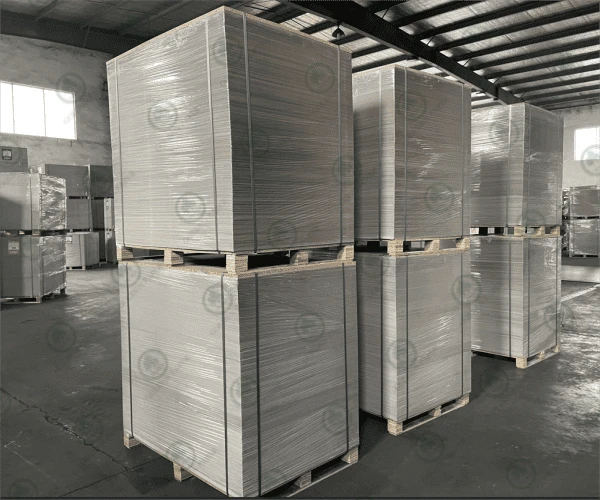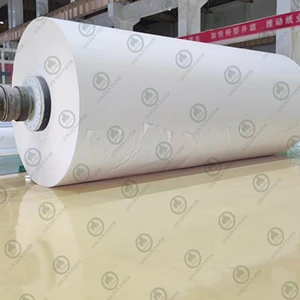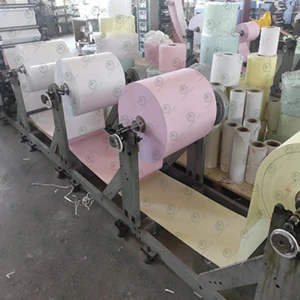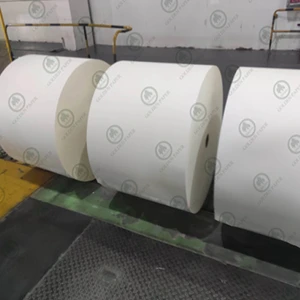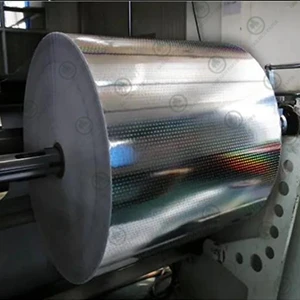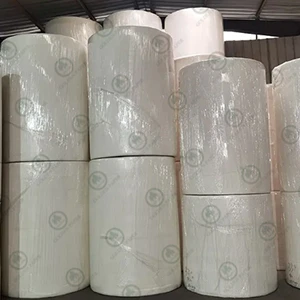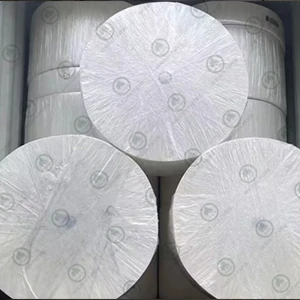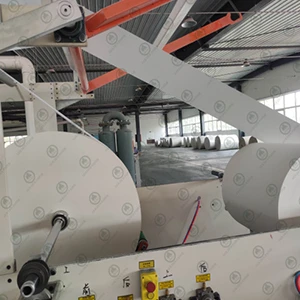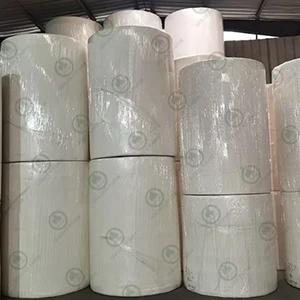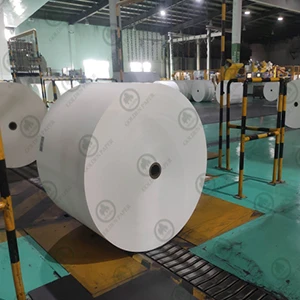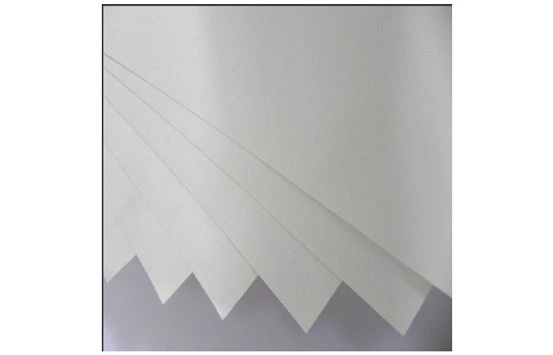As a paper manufacturer engaged in global export, staying informed of raw material trends and market dynamics is crucial to maintaining stable supply and competitive pricing for customers. Recent data reflects a challenging yet revealing period across the pulp and paper value chain in China. Here's our breakdown of the current situation and what it may signal for the months ahead.
Pulp: Weak Demand Meets Ample Supply
The paper pulp market has remained weak and relatively stable, with spot prices holding steady and futures dipping slightly. On June 12, the main pulp futures contract (SP2507) closed down by 1.1% at ¥5,238/ton. This mild downward trend reflects persistent imbalances between supply and demand.
On the supply side, large volumes of pulp arriving from South America and high inventory levels at major ports have added pressure. Meanwhile, demand from downstream paper mills remains sluggish due to off-season consumption and a cautious procurement strategy. Buyers are focused on maintaining low inventory levels while pushing for lower prices, leading to mostly small and essential orders.
In the short term, analysts expect pulp prices to remain on the weak side. However, any future shift in port inventory levels or paper demand recovery could serve as key indicators of a market turning point.
Corrugated and Linerboard: Prices Slip Amid Lackluster Demand
The corrugated paper and linerboard market has seen regional price reductions, primarily driven by weak end-user demand. Packaging companies are currently reducing their inventories, and their purchasing behavior reflects a cautious and price-sensitive stance.
In response, paper mills have introduced price cuts and discounting strategies to stimulate sales. For example, leading mills in North and Northeast China recently lowered certain product prices by ¥50/ton, while mills in South China cut the price of high-grammage kraft linerboard by as much as ¥200/ton.
Without a clear catalyst for demand recovery, the outlook remains bearish in the short term. Most regions are expected to see steady-to-lower pricing trends as mills compete to maintain sales volumes.
Kraft Paper: Stable but Soft Market
The kraft paper market has been relatively flat, with prices staying stable despite an overall subdued trading environment. Production levels at most mills remain stable, but the market continues to suffer from low demand.
Transaction volumes remain limited, and sentiment among industry players is cautious. With few positive signals on the horizon, most producers have adopted a production-to-order strategy, aligning output with actual demand to avoid inventory buildup.
Under current cost conditions, kraft paper prices are expected to remain steady in the near term, though without significant upward momentum unless demand picks up.
Folding Box Board (FBB): Stable Prices Amid Supply Pressures
Folding box board, or white card paper, continues to see a calm and cautious market. Major manufacturers have maintained consistent production levels, although some producers are facing mounting sales pressure and are considering reducing their operating rates.
Demand remains weak due to seasonal factors, with slow-moving inventory and low trading activity across the board. Market participants are mostly watching from the sidelines, waiting for clearer signals before making purchasing decisions.
While the supply side remains relatively balanced, the pending launch of new production projects could bring additional pressure. In the short term, prices are expected to remain steady, supported by production costs, though without much room for upward adjustment.
What This Means for Export Buyers
For international paper buyers, the current market presents both challenges and opportunities. While demand remains weak across multiple segments, pricing stability in several categories—such as kraft and folding boxboard—means now may be a favorable time to negotiate contracts or stock up at lower cost.
At our factory, we Golden Papercontinue to monitor pulp imports, inventory levels, and market activity closely. Our production scheduling remains flexible, allowing us to meet customer needs efficiently while adapting to market changes.
Despite short-term softness, we remain confident in the long-term fundamentals of the paper industry—particularly as global logistics stabilize and sustainable packaging trends drive demand recovery in the months to come.
 GOLDEN PAPER
GOLDEN PAPER
 EN
EN
 fr
fr  de
de  es
es  it
it  ru
ru  pt
pt  ar
ar  vi
vi  tr
tr  id
id 


